The Athens City Museum (Vouros-Eftaxias Foundation) was founded in 1973 by Greek politician Lambros Eftaxias and opened its doors to the public in 1980. The museum is dedicated to the development of the city of Athens in modern times and is housed in two of the capital´s oldest buildings at 5 and 7 Paparrigopoulou Str., in Klafthmonos square.
The building at no. 7, which belonged to Stamatios Dekozis Vouros, a wealthy banker from Chios island, was built in 1833 and is a two-storey mansion that offers a direct testimony to the form of early Athenian classicism. It is a milestone in the history of the Greek state, as it served as the residence for King Otto and Queen Amalia, the first royal couple of Greece, from 1836 to 1843 when they moved to the then newly built Palace, the building that now houses the Hellenic Parliament. Thus Athenians often call the building at 7 Paparrigopoulou Str. the “Old Palace”. Today one of its floors is dedicated to the royal couple.
In 1859 Stamatios Dekozis Vouros had a second mansion built next to his residence, at 5 Paparrigopoulou Str., for his son Konstantinos Vouros. The two-story building constitutes a fine example of the 19th- and early 20th-century urban lifestyle in Athens. Today it features rooms with furniture of that era and an Art Gallery.
These two buildings are connected with an interior bridge, hosting in their floors the collections of the Athens City Museum.
The paintings, gravures and engraved sculptures collected by the Museum’s founder, former politician and arts patron Lambros Eftaxias, are located on the ground floor and – combined with a digital tour platform of Athens city centre historical buildings – they describe in their own way the history of Athens from the Turkish rule to this day.
The Athens City Museum features a Library with rare books and hosts approximately 40,000 items in its Collections, ranging from antiquity to the 21st century: ancient items, books and musical texts, Byzantine, post-Byzantine and ecclesiastical items, sculptures, stamps, documents, manuscripts, glass, porcelain and ceramics, recording media, small items, memorabilia, musical instruments, coins, furniture, paintings and engravings, utensils, fabrics and embroidery, apparel and tapestry, photographs and photographic records.
In the garden of the Athens City Museum, or “the garden of the Old Palace” – the first public garden of the city, where you can still see the palm tree planted by Queen Amalia herself – you may enjoy your coffee, lunch or drink at the beautiful Bistrot of the Museum. In the atrium there are also libraries with books to read, for a relaxing break in the sounds of ambient music.
Photo: GNTO, Yannis Skoulas



